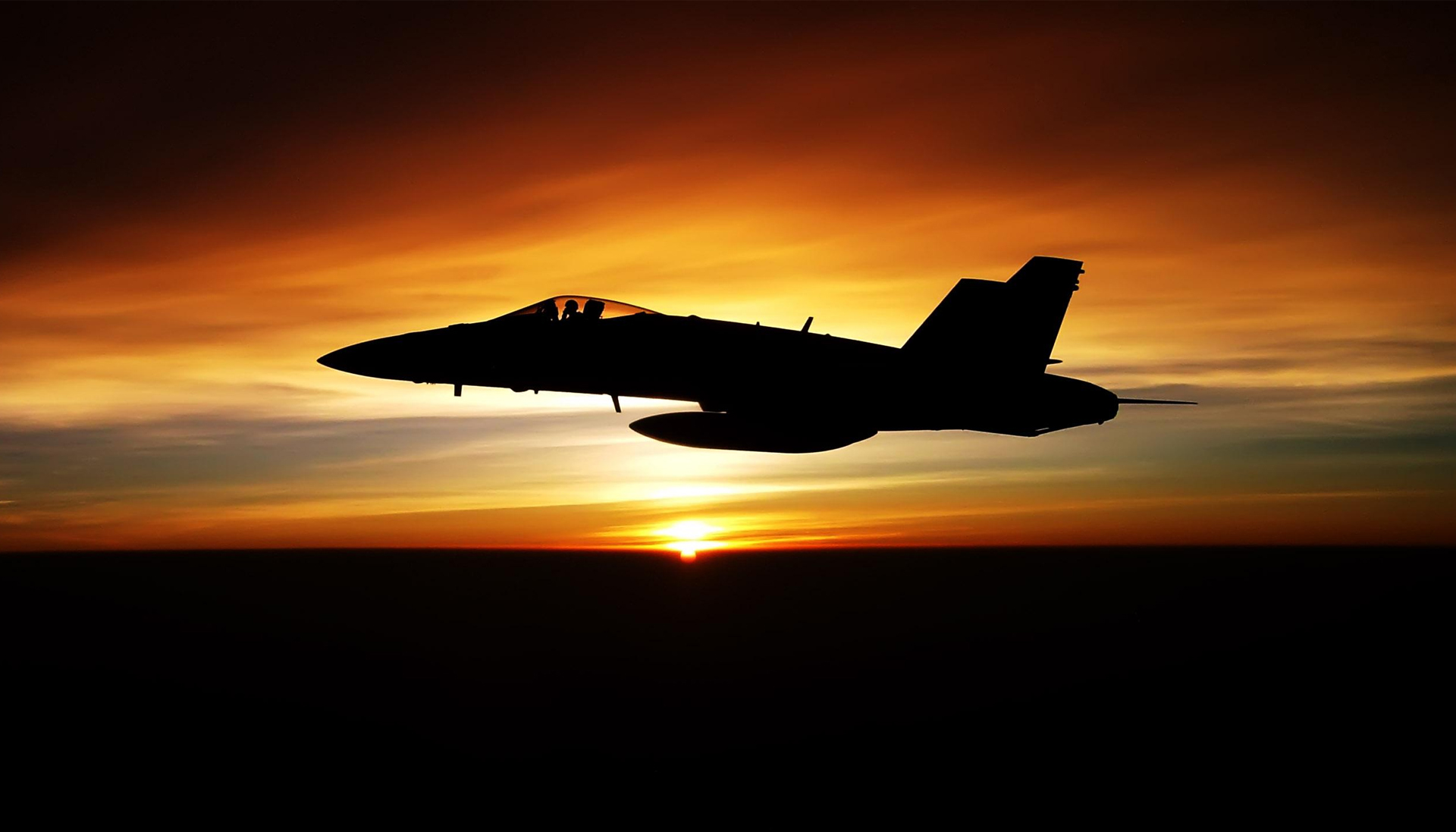
Within the aluminum alloy family, 6061 and 6063 aluminum alloys hold a significant position in numerous fields thanks to their respective superior properties. However, significant differences exist in their performance requirements, particularly in the highly demanding aviation sector, as well as other industries such as construction and electronics. These differences directly determine their respective applications.

6061 aluminum alloy belongs to the Al-Mg-Si alloy family and exhibits excellent comprehensive mechanical properties. 6061-t6 aluminum alloy achieves a tensile strength exceeding 310 MPa, a yield strength of approximately 276 MPa, and an elongation between 10% and 15%. It also exhibits excellent weldability, enabling various welding methods. It also exhibits excellent corrosion resistance, forming a stable oxide film in atmospheric environments to effectively protect against corrosion.
6063 aluminum alloy also belongs to the Al-Mg-Si alloy family, but its composition differs from 6061, with relatively lower magnesium and silicon contents. Its mechanical properties are relatively mild, with a tensile strength of approximately 175 MPa in the T5 state, a yield strength of approximately 145 MPa, and an elongation between 12% and 20%. However, 6063 aluminum alloy's greatest advantage lies in its excellent extrusion properties, allowing for easy extrusion of profiles with complex cross-sections. It also boasts a high surface finish, is easily anodized, and offers excellent coloring.
The performance requirements for materials in the aviation industry are extremely demanding, as these properties are directly related to flight safety and overall aircraft performance. In this field, the differences in the applications of 6061 and 6063 aluminum alloys are primarily determined by their performance requirements.
In terms of strength requirements, the aviation industry places extremely high demands on materials, especially for aircraft structural components such as fuselage frames and wing spars, which must withstand enormous loads and stresses. After heat treatment, 6061 aluminum alloy exhibits high tensile and yield strengths, meeting the strength requirements of these structural components and, therefore, is widely used in aviation structural components.
6063 aluminum alloy, however, has relatively low strength and cannot meet the high-strength requirements of aviation structural parts, so it is rarely used in aviation structural parts. However, due to its excellent formability and surface quality, aviation aluminum 6063 has some applications in some aviation components with lower strength requirements, such as aircraft interior decorative parts and small brackets.
In terms of fatigue resistance, aircraft are constantly exposed to takeoff, landing, and in-flight vibrations during flight, requiring the material to possess excellent fatigue resistance to prevent fatigue fractures during long-term use.
6061 aluminum alloy has excellent fatigue resistance and can maintain stable performance under long-term vibration and load conditions, which is one of the key reasons for its use in aviation structural parts.
In contrast, 6063 aluminum alloy has weaker fatigue resistance and is more susceptible to fatigue damage when subjected to long-term alternating loads. Therefore, it is rarely used in aviation components with high fatigue requirements. In addition, the aviation industry places stringent requirements on the corrosion resistance of materials. Aircraft are exposed to corrosive substances such as atmospheric moisture and salt during flight, especially when flying over the ocean, where salt can cause severe corrosion.
6061 aluminum alloy has excellent corrosion resistance and can withstand long-term use in such environments. However, 6063 aluminum alloy has relatively poor corrosion resistance and requires additional anti-corrosion treatment to meet aviation requirements. This undoubtedly increases manufacturing costs and process complexity, thus limiting its application in aviation.
Beyond aviation, 6061 and 6063 aluminum alloys are widely used in other fields, such as construction, electronics, and transportation, each with its own specific performance requirements. The construction industry often requires aluminum alloy profiles with complex cross-sections, such as door and window frames and curtain wall keels.
6063 aluminum alloy can be easily extruded into these complex profiles, achieving a high surface finish. Anodizing not only enhances their aesthetic appearance but also improves their corrosion resistance, meeting architectural decorative and durability requirements.
6061 aluminum alloy, on the other hand, is relatively less widely used in the construction industry. It is primarily used for building components requiring high strength, such as support structures for large glass curtain walls and load-bearing brackets within buildings. These components must withstand significant weight and external forces, and the high strength of 6061 aluminum alloy meets these requirements.
In the transportation sector, in addition to aviation, there is also a significant demand for aluminum alloys in the automotive and rail sectors. In automotive manufacturing, 6061 aluminum alloy, due to its high strength and lightweight properties, is commonly used in chassis components and suspension systems, reducing vehicle weight and improving fuel economy while ensuring structural strength and safety. 6063 aluminum alloy is mainly used in automotive decorative parts, door and window frames and other parts, taking advantage of its good formability and surface quality to enhance the appearance and comfort of the car.
Original Source:https://www.aircraftaluminium.com/a/differences-between-6061-and-6063-aluminum-in-aviation-and-other-fields.html
Tags: 6061 aluminum sheet ,
Contact Us